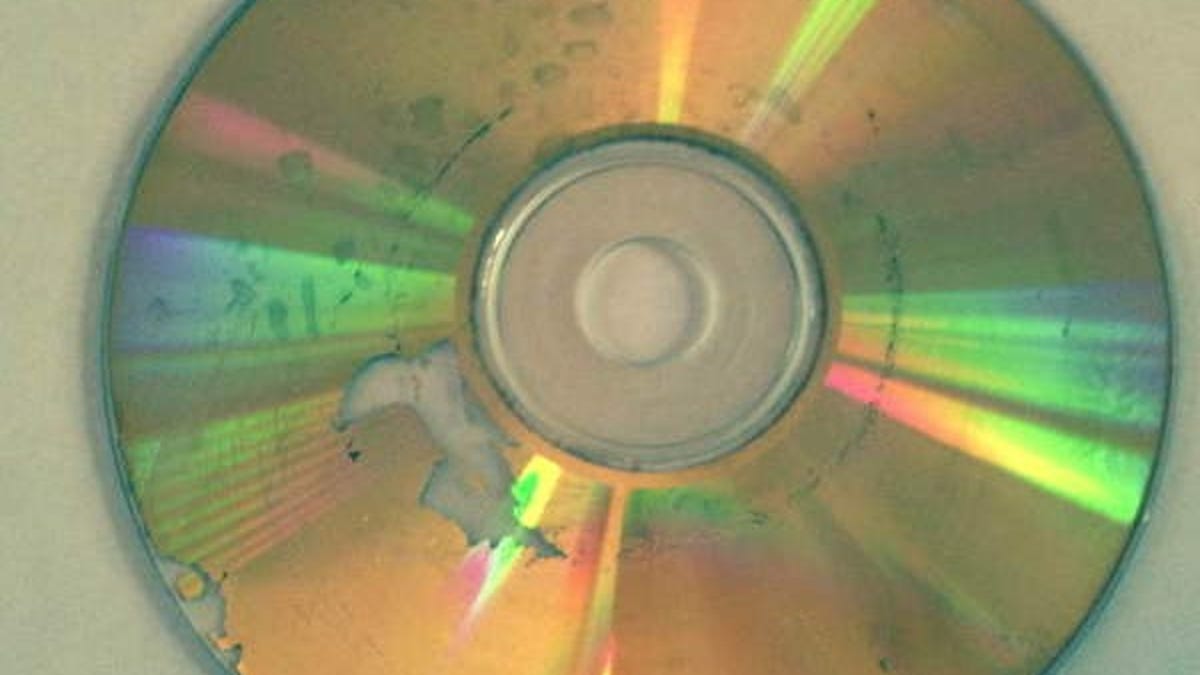Sebastian Cohen
Forum Enthusiast
- Messages
- 255
- Reaction score
- 141
So, I am doing an archival backup of EVERYTHING. This will be the "Doomsday Vault Backup" and it won't get backed up further or connected. It is going on a 3.5" HDD, no case. FYI, I will still be doing my regular backup routine with my other drives as normal.
Lately I have been thinking about how I store my backup drives, in general. I know they are airtight so air moisture variations shouldn't really be an issue. Problem is, they usually end up all over the place. Drawers, bottom of, cardboard boxes, usually bottom of.
So I've been thinking of sticking them into one of those plastic IKEA airtight refrigerator boxes. The type has this rubber seal which would also make them waterproof. It is an added protection AND it will be easier to find. I can also put in a note with what/where etc so I don't have to connect it if I don't remember. Sounds like I have a ton of discs, but you would be surprised how confused you can get with just a couple when you find one 4 years later.
SO, long question short. I will be creating a permanent "environment" in that box and I am wondering if or how that can be negative for the drive when the outside fluxtuates?
I am planning on throwing in one or two of those silica gel pouches as well, should negate any negative variations?
This will prob just lie there for 3-4 years.
I am aware of that the lubrication might dry out in the bearings, but this has not been an issue so far.
Lately I have been thinking about how I store my backup drives, in general. I know they are airtight so air moisture variations shouldn't really be an issue. Problem is, they usually end up all over the place. Drawers, bottom of, cardboard boxes, usually bottom of.
So I've been thinking of sticking them into one of those plastic IKEA airtight refrigerator boxes. The type has this rubber seal which would also make them waterproof. It is an added protection AND it will be easier to find. I can also put in a note with what/where etc so I don't have to connect it if I don't remember. Sounds like I have a ton of discs, but you would be surprised how confused you can get with just a couple when you find one 4 years later.
SO, long question short. I will be creating a permanent "environment" in that box and I am wondering if or how that can be negative for the drive when the outside fluxtuates?
I am planning on throwing in one or two of those silica gel pouches as well, should negate any negative variations?
This will prob just lie there for 3-4 years.
I am aware of that the lubrication might dry out in the bearings, but this has not been an issue so far.


